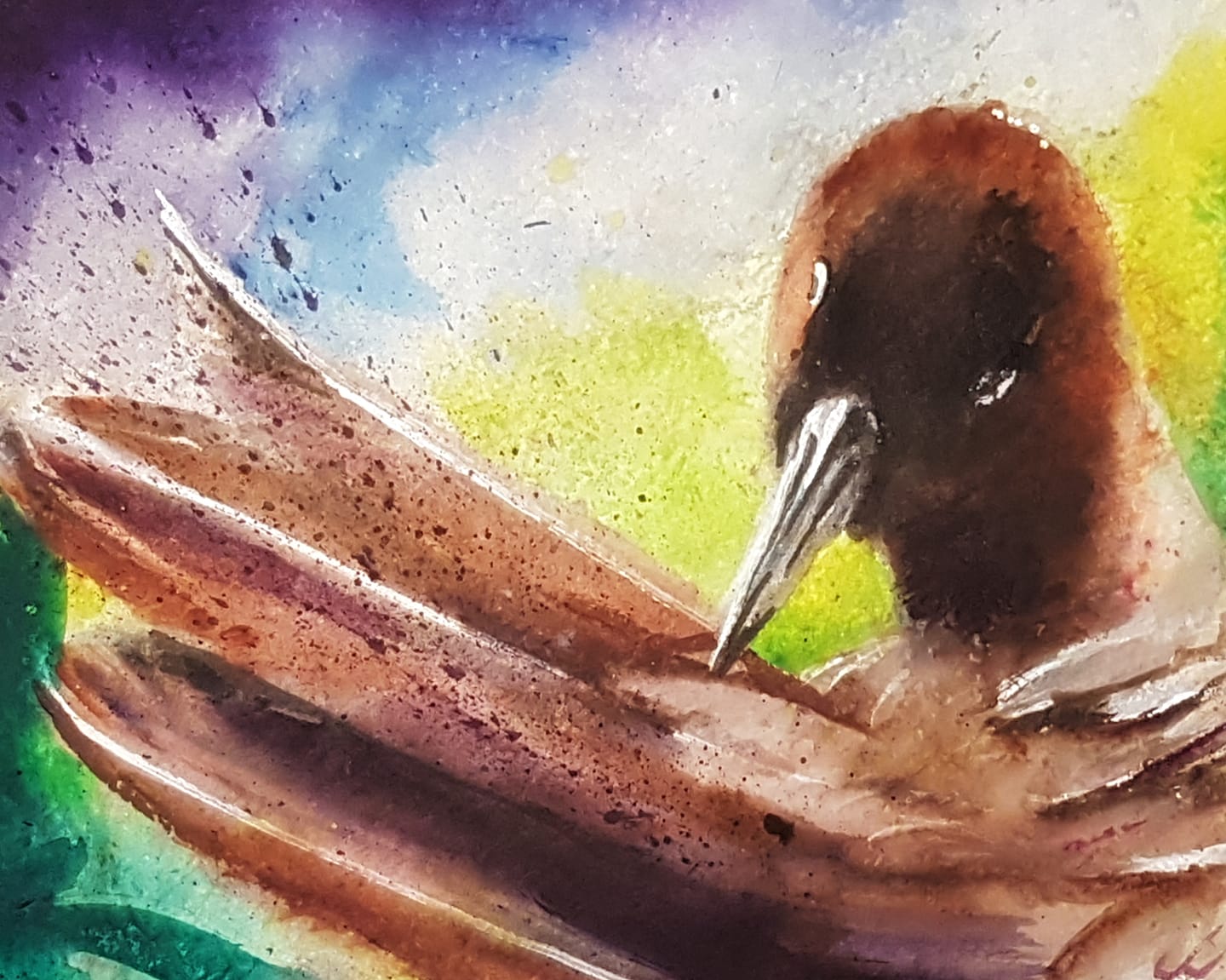
Scopoli's Shearwater Calonectris diomedea at sea, photograph by John Borg
Luke Halpin (School of Biological Sciences, Monash University, Clayton, Australia) and colleagues have published in the journal Methods in Ecology and Evolution on testing the accuracy of light-level geolocators on three species of Calonectris shearwaters.
The paper’s abstract follows:
- Light-level geolocators are popular bio-logging tools, with advantageous sizes, longevity and affordability. Biologists tracking seabirds often presume geolocator spatial accuracies between 186 and 202 km from previously innovative, yet taxonomically, spatially and computationally limited, studies. Using recently developed methods, we investigated whether assumed uncertainty norms held across a larger-scale, multispecies study.
- We field-tested geolocator spatial accuracy by synchronously deploying these with GPS loggers on scores of seabirds across five species and 11 Mediterranean Sea, east Atlantic and south Pacific breeding colonies. We first interpolated geolocations using the geolocation package FLightR without prior knowledge of GPS tracked routes. We likewise applied another package, probGLS, additionally testing whether sea-surface temperatures could improve route accuracy.
- Geolocator spatial accuracy was lower than the ~200 km often assumed. probGLS produced the best accuracy (mean ± SD= 304 ± 413 km, n= 185 deployments) with 84.5% of GPS-derived latitudes and 88.8% of longitudes falling within resulting uncertainty estimates. FLightR produced lower spatial accuracy (408 ± 473 km, n = 171 deployments) with 38.6% of GPS-derived latitudes and 23.7% of longitudes within package-specific uncertainty estimates. Expected inter-twilight period (from GPS position and date) was the strongest predictor of accuracy, with increasingly equatorial solar profiles (i.e. closer temporally to equinoxes and/or spatially to the Equator) inducing more error. Individuals, species and geolocator model also significantly affected accuracy, while the impact of distance travelled between successive twilights depended on the geolocation package.
- Geolocation accuracy is not uniform among seabird species and can be considerably lower than assumed. Individual idiosyncrasies and spatiotemporal dynamics (i.e. shallower inter-twilight shifts by date and latitude) mean that practitioners should exercise greater caution in interpreting geolocator data and avoid universal uncertainty estimates. We provide a function capable of estimating relative accuracy of positions based on geolocator-observed inter-twilight period.”
Reference:
With thanks to Ken Morgan.
Halpin, L.R., Ross, J.D., Ramos, R., Mott, R., Carlile, N., Golding, N., Reyes-González, J.M., Militão, T., De Felipe, F., Zajková, Z., Cruz-Flores, N., Saldanha, S., Morera-Pujol, V., Navarro-Herrero, L., Zango, L., González-Solís, J. & Clarke, R.H. 2021. Double-tagging scores of seabirds reveals that light-level geolocator accuracy is limited by species idiosyncrasies and equatorial solar profiles. Methods in Ecology and Evolution doi.org/10.1111/2041-210X.13698.
John Coo per, ACAP Information Officer, 06 September 2021

 English
English  Français
Français  Español
Español 


 Their burrow-nesting habit makes Grey Petrels difficult to survey. Here Jez uses a dedicated ‘burrowscope’ on Macquarie’s steep slopes
Their burrow-nesting habit makes Grey Petrels difficult to survey. Here Jez uses a dedicated ‘burrowscope’ on Macquarie’s steep slopes

 I spent most of my year on Macquarie Island searching for seabird burrows and trying to figure out what was in them, photograph by Toby Travers
I spent most of my year on Macquarie Island searching for seabird burrows and trying to figure out what was in them, photograph by Toby Travers